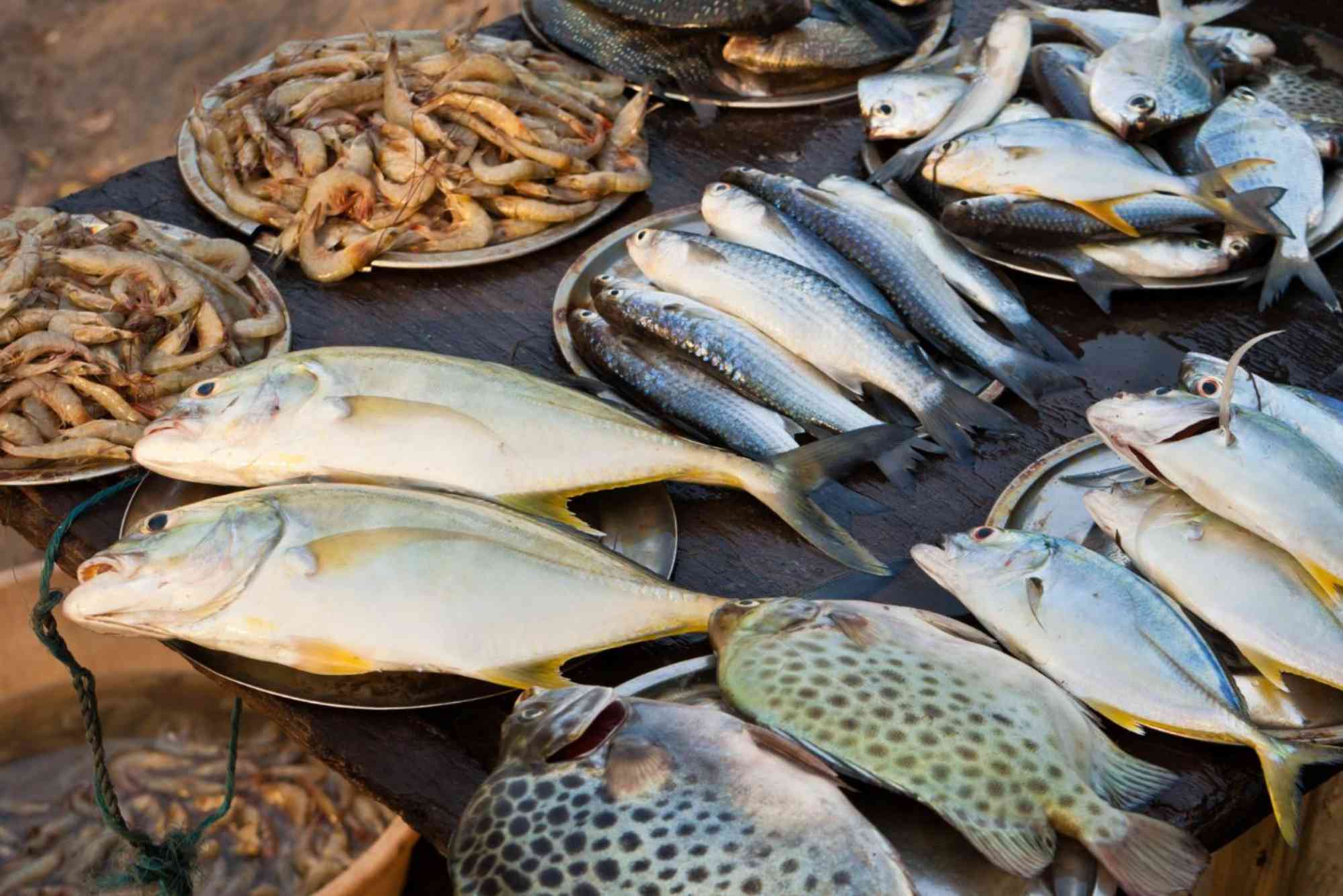Hamour Fish: A Culinary Treasure from the Waters of the Gulf
Hamour Fish: A Culinary Treasure from the Waters of the Gulf
Blog Article

Hamour fish, also known as brown spotted reef cod or grouper, is one of the most cherished seafood delicacies in the Gulf region. Found mostly in the warm waters of the Arabian Gulf, this fish is celebrated for its tender meat, mild flavour, and versatility in cooking. It’s not only a popular item on the menu of traditional Emirati dishes, but also a top choice for health-conscious food lovers. Whether grilled, fried, or cooked in curry, hamour fish adds a delightful taste of the sea to any meal.
Hamour Fish in UAE Cuisine and Culture
In the United Arab Emirates and other Gulf countries, hamour fish holds cultural and culinary significance. It is often featured in traditional Emirati dishes like machboos, saloona, and grilled seafood platters. Local fishermen have been catching hamour for generations, making it a staple in households and restaurants across the country.
Hamour fish is especially valued during family gatherings, weddings, and Ramadan feasts. Its firm, white flesh makes it ideal for a variety of preparations, from slow-cooked stews to spicy curries. Despite the growing popularity of imported seafood, the demand for locally caught hamour fish remains strong among Emiratis who prefer its fresh, authentic taste.
Nutritional Benefits and Health Value
Hamour fish is not just tasty, it’s also packed with nutritional value. It is an excellent source of high-quality protein, essential for muscle growth and repair. It’s low in fat and calories, making it a great option for people trying to eat healthily or lose weight. Moreover, hamour fish contains omega-3 fatty acids, which support heart health and reduce inflammation in the body.
Other essential nutrients found in hamour include vitamin D, calcium, and selenium. These contribute to stronger bones, improved immunity, and overall well-being. Its light flavour and flaky texture also make it a suitable choice for children and elderly people who prefer mild-tasting fish.
Sustainability and Conservation Concerns
While hamour fish is beloved across the region, it is also facing challenges due to overfishing and environmental changes. In recent years, marine experts have raised concerns about the declining population of wild hamour in the Arabian Gulf. This has led to various conservation efforts by government authorities in the UAE and neighbouring countries.
The UAE’s Ministry of Climate Change and Environment has introduced regulations to protect hamour stocks, including size limits and fishing bans during breeding seasons. These rules aim to ensure that future generations can continue to enjoy this delicious fish while preserving marine biodiversity.
Aquaculture (fish farming) is also being explored as a sustainable solution. Several fish farms in the UAE are now breeding hamour under controlled conditions to reduce pressure on wild stocks while maintaining a steady supply for the market.
Buying and Cooking Hamour Fish
If you want to enjoy hamour fish at home, it is widely available in UAE supermarkets, fish markets, and seafood stores. When buying fresh hamour, look for clear eyes, firm flesh, and a mild sea scent. Frozen options are also available and can be just as nutritious if handled properly.
Cooking hamour fish is easy, thanks to its adaptable nature. It can be baked with herbs and lemon for a healthy dinner, deep-fried for a crispy treat, or simmered in tomato-based sauces for a more traditional meal. It pairs well with rice, vegetables, and various spices, making it a favourite in kitchens across the Gulf.
Restaurants in Dubai, Abu Dhabi, and other emirates often feature hamour on their menus, offering everything from gourmet preparations to casual grilled plates. If you're visiting the UAE, trying a local hamour dish is a must to experience the region’s culinary heritage.
Hamour Fish in the Global Market
Although hamour fish is native to the Gulf region, it has started gaining attention in international seafood markets. Exported to other Middle Eastern countries and even parts of Europe and Asia, hamour is slowly becoming recognised for its quality and flavour.
However, due to its limited availability and the importance of conservation, hamour is still considered a premium fish, often priced higher than other types. As awareness of sustainable seafood grows, more people around the world are becoming curious about responsibly sourced fish like hamour.
Cultural and Economic Importance
Beyond food, hamour fish also plays a role in the cultural identity and economy of the UAE. Fishing has long been a part of the country’s heritage, and hamour is a symbol of that tradition. Many coastal communities still rely on fishing as a source of income, and the presence of hamour in the market supports local livelihoods.
Moreover, with the rise in culinary tourism, dishes featuring hamour attract food enthusiasts who want to try authentic Emirati meals. It connects modern restaurants with ancient traditions and brings a taste of the sea to the heart of the desert.
Conclusion
Hamour fish is more than just a seafood item, it is a culinary icon in the UAE and a reflection of the region’s rich fishing heritage. Its soft, flavorful meat and nutritional benefits make it a favorite among locals and visitors alike. While overfishing remains a concern, ongoing conservation efforts and responsible farming practices are helping protect this treasured species.
Report this page